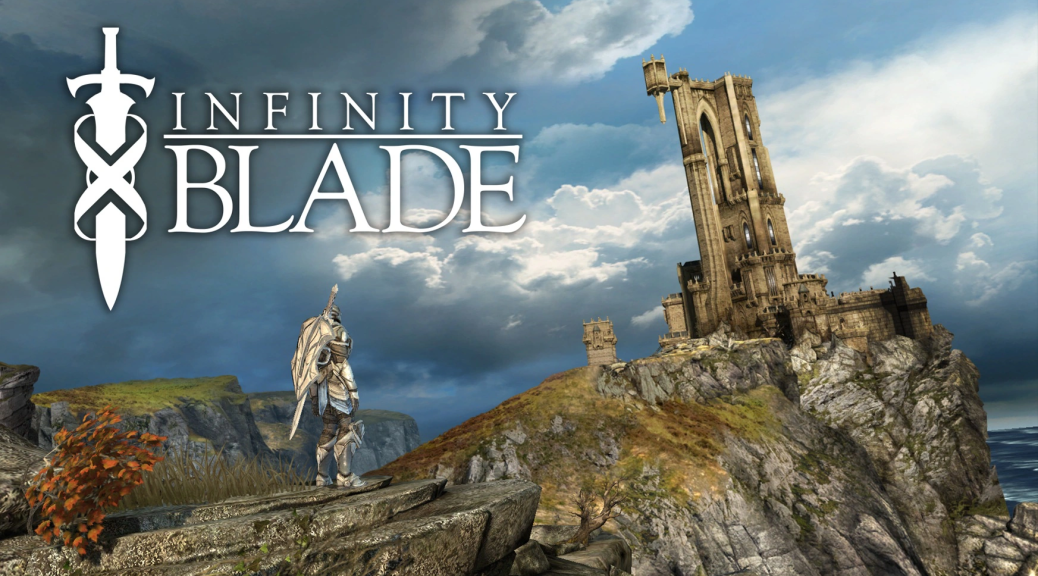
Infinity Blade
The mythology around Infinity Blade is underappreciated in its strangeness. There was a specific era of mobile games where all a title had to do was mimic the production values of AAA games and be halfway playable, and it would receive rave reviews. Infinity Blade was the vanguard of this era, being unquestionably the most technically impressive smartphone game as of 2010. It saw massive financial success, but its status as a mobile game – the very thing that made it noteworthy in the first place – restricted its impact on the larger gaming culture. Concepts it pioneered would be attributed to later console releases, including Dark Souls, Rogue Legacy, and Hades, and there was almost no outcry when it was eventually removed from the App Store, rendering it all but unplayable (contrast with the now-immortalized P.T.). Now, 6 years after the removal, a talented modder has released a PC port, and us non-Apple users can finally try this slice of gaming history.
As it turns out, Infinity Blade was a well-designed but bizarrely-structured game that was mostly coasting on its cinematic presentation. The gameplay is a series of one-on-one swordfights that use various touchscreen (or mouse, in this case) gestures to initiate attacks, blocks, dodges, parries, and magic spells. The block/dodge/parry system in particular is terrifically balanced (the simple explanation is that they get more effective the harder they are to execute), and there’s an intense weight to all of the player’s and enemies’ actions. I appreciate that the difficulty is subtly ramped up with the use of Dutch angles and complicated enemy animations that make their tells more challenging to read, but this crosses a line when the combat is framed in such a way that the opponent is entirely obscured by the movements of the protagonist. Additionally, player input is only mostly read correctly, and while I’ll give it the benefit of the doubt that it worked better on a touch device, my experience with touch devices tells me it probably didn’t work perfectly there either.
While the presentation and mechanics create a strong first impression, the game’s potential evaporates rapidly. Its cyclical story requires grinding for equipment and experience over many deaths, but neither the action nor RPG components are deep enough to support that play time. There’s also almost no variation across playthroughs. Encounters with nearly-identical opponents happen at the same locations and proceed with the same incessantly bombastic direction, to the point of becoming exhausting to play. When the conclusion is reached, a new layer of disappointment appears, as the supreme emptiness of the narrative is revealed. There were about fifteen lines of dialogue in the game at launch, every one of which sets up a sliver of intrigue, and precisely zero are resolved in the game itself. Free DLC was added a few months later, and it somewhat improved this situation, but rather than pick up at the natural conclusion of the original campaign, it instead required many more hours of illogical grinding to experience. And I’m sure it’s just coincidence that a previous DLC added pay-to-win microtransactions.